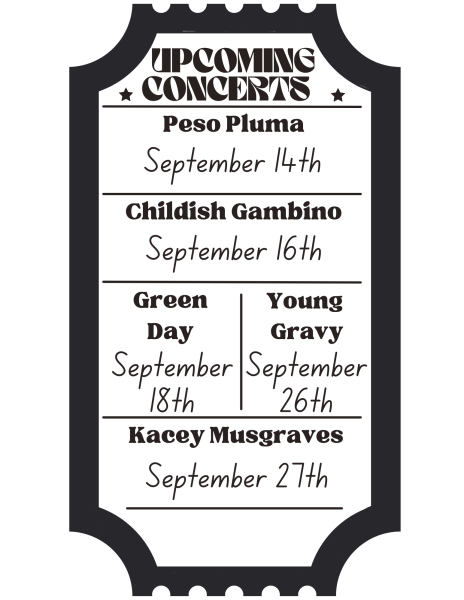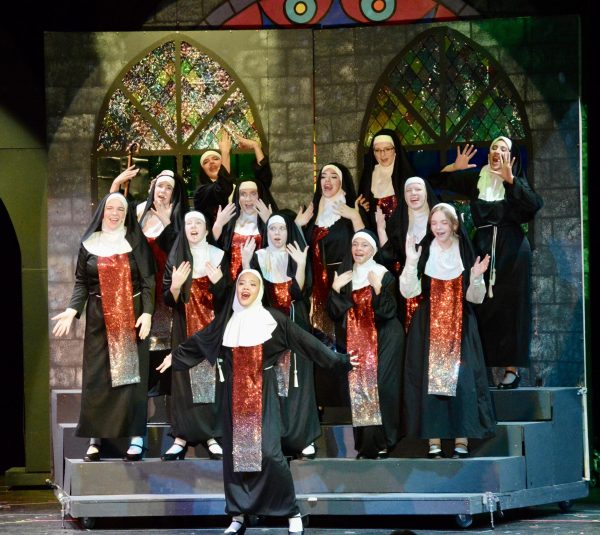Storytime with Sophie: Death on the Nile
Death on the Nile was released originally in 1937, and has been adapted to the big screen. The movie features a murder mystery with a picturesque setting in scenic Egypt.
Whodunnit novels have been a classic staple in literature for centuries. The confusion a reader has coupled with the desire to solve the mystery creates a wide spread love for crime fiction. with Agatha Christie being a prominent staple of the genre.
One of her most popular novels. Death on the Nile, has been adapted multiple times since it’s initial release in 1937. The plot follows two main characters on their honeymoon in Egypt. While on a boat floating down the Nile, a murder occurs. Luckily, the infamous detective, Hercule Poirot is there to solve the crime.
This Detective Poiriot is a repeated character in Christie’s novels, and the more recent film Murder on the Orient Express. Both this film and the newest have been directed by Kenneth Branagh.
As a book, the story is entertaining and keeps you on your toes. Those who enjoy the mystery novel intrigue would enjoy this classic from the “Queen of Mystery.”
The novel does suffer from somewhat odd pacing, with the first murder not being introduced well in the book. The dialects used by Christie also pose a challenge, with readers having to pay close attention to the more formal language.
The time period also created another difficulty. Every single one of the multitude of characters goes by, “Mr.,” “Mrs.,” “Miss.,” and “Detective.” This formal way of speaking is historically accurate, but contrasts from common-day lingo and can make it hard to follow at times.
This is not the first time the book has been adapted. Both in 1973 and 2004, the novel has been adapted for the big screen.
The newest 2022 release features many familiar, and famous faces. Gal Gadot, Armie Hammer, Russel Brand, Emma Makey, all play key roles in the film.
The movie was entertaining with the natural wit that comes with Christie’s characters. However, the characters also act as a disadvantage to the movie. With a time span of only 2 hours and 7 minutes, the multitude of characters – 13 to be exact- can overwhelm viewers.
The novel does include more characters that the movie directors decided to remove or condense. This choice most definitely aids the flow of the movie.
As with any film, viewing Christie’s plot in a visual form, projects the information in a unique fashion. Watchers can pick up different details and perceive the character and their dynamics in a different way than a book reader might, due to the condensed nature of the movie.
However, another pro in the book column, is the abysmal green screen editing of the movie. While reading, one can imagine the scene any way they choose, as fantastical as the words describe, movies can not say the same. Some scenes are painfully edited, and at times the bright coloring of the scene seems to clash with the morose content.
Between the two forms of media, some of the characters’ names and characterization differs. For example, the character Xavier Bouc from Murder on the Orient Express makes an experience taking the role of Tim Allerton in the book. However, these characters differ vastly, with Bouc having a close rapport with the detective and a more aloof demeanor. Tim, however, harbors a intense disdain for the detective, contrasting to their connection the movie shares.
The novel is better at creating suspense and keeping the mystery. Details the Christie brings back around in the “big reveal” have more impact in a book form, where they are only mentioned once hundreds of pages ago, rather than seen merely minutes in the past.
Another added benefit to the film is the increase in diversity. Considering the novel was previously released in 1937, the story is predominately white. The movie adaptation allows for more diversity among races and sexualities. The novel includes content that would not be socially accepted today , so any potential readers should be aware of historically accurate racism and sexism.
More things to be aware of when consuming this plot, is its graphic nature. The movie visually shows gore, with death being a main component of its plot
Overall, while both forms were entertaining and enjoyable to watch/ read; the book, as it usually does, tells the story better.

Holy cow this is Presley's third time writing a description for herself; however, this year she is the managing editor (not a staff reporter)! After working...





